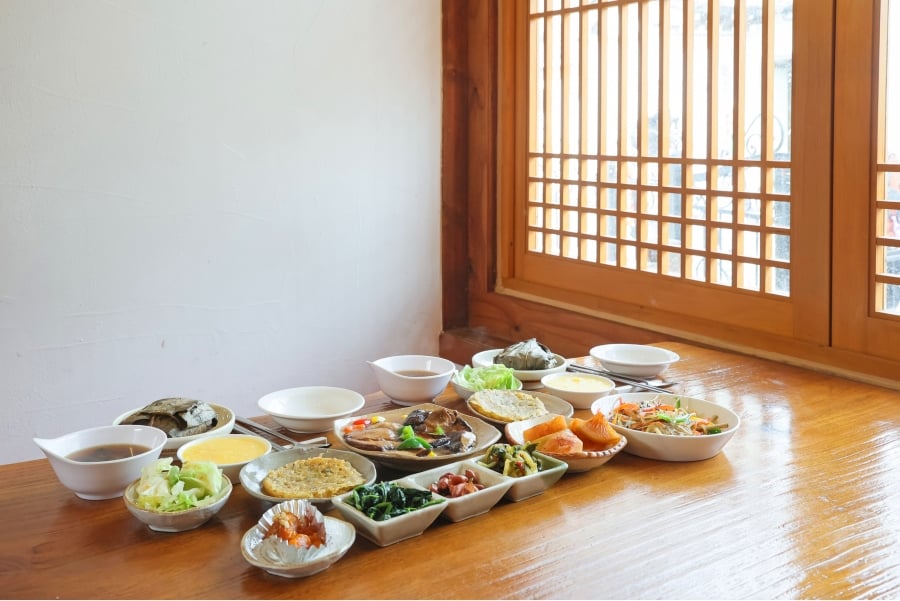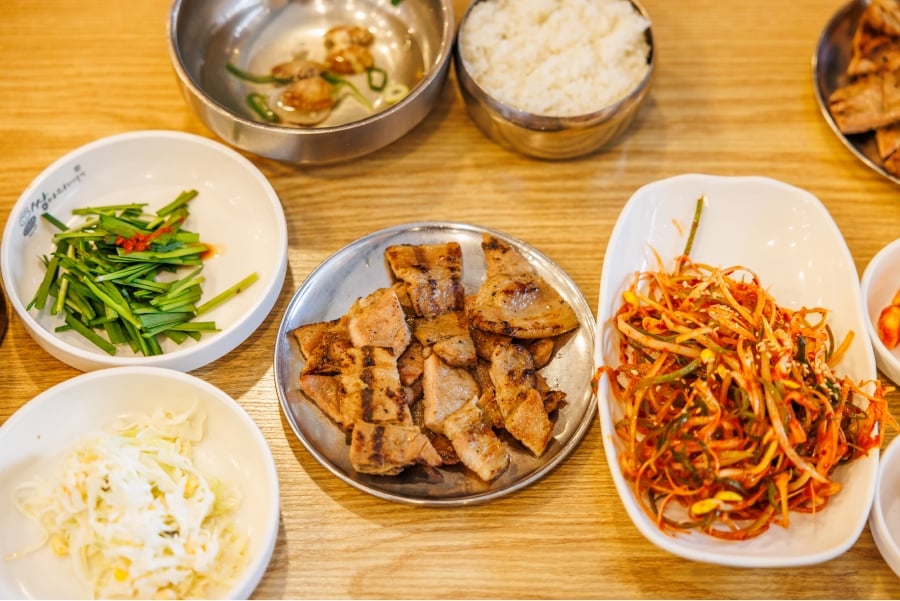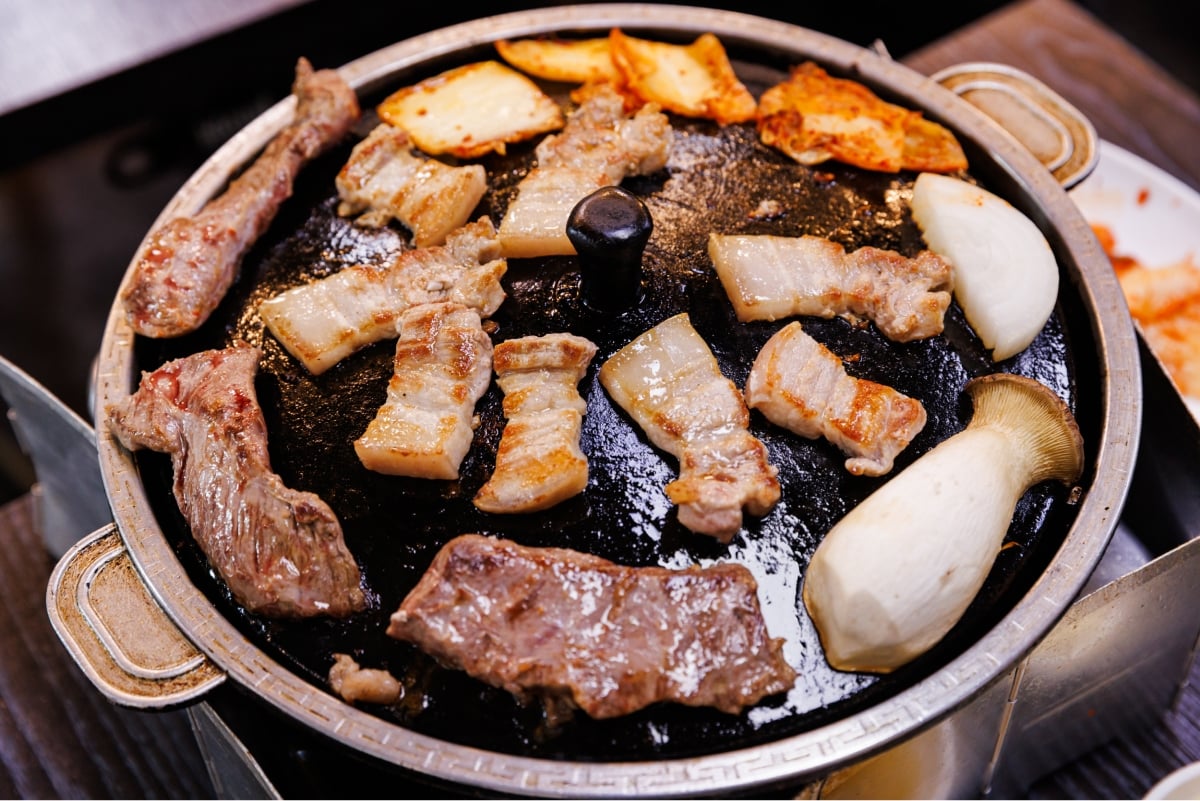Here is the sentence optimized for SEO, with an HTML structure:
Discover the Vibrant Flavors of Korean Vegetable Dishes
According to a 2021 Survey of Overseas Korean Food Consumers conducted by the Korean Food Promotion Institute, foreigners perceive Korean cuisine as Flavorful (40.4%), Healthy (38.7%), and Vegetable-oriented (38.4%). In essence, the image of Korean food abroad is interpreted as “healthy and delicious food made primarily with vegetables.” Korean vegetable dishes offer diverse tastes by employing various cooking methods using the same ingredients. Thanks to this, one can savor new flavors daily, even without including meat.
Unlock the Secrets of Korean Vegetable Cuisine
The versatility of Korean vegetable dishes is truly remarkable. By utilizing a range of cooking techniques, each dish can showcase a unique flavor profile, allowing you to explore the rich culinary heritage of Korea. Whether you’re a vegetarian or simply seeking to incorporate more plant-based options into your diet, Korean vegetable dishes are a must-try for their exceptional taste and health benefits.
Explore the Vibrant Flavors of Korean Vegetable Dishes
Discover the endless possibilities of Korean vegetable cuisine and embark on a flavorful journey that will tantalize your taste buds. From the savory and umami-rich to the sweet and fragrant, each dish offers a new and exciting culinary experience
Discover the Delightful Flavors of Korean Temple Food
Korea’s temple food has garnered attention overseas. In 2015, an article titled “Jeong Kwan, the Philosopher Chef” in The New York Times praised the temple cuisine of Korean Monk Jeong Kwan, introducing Korean temple food to the world. Renowned chefs and production teams from abroad visited Korea to cover Jeong Kwan’s temple cuisine. Recently, many domestic and foreign travelers have been experiencing temple food through temple stay programs and specialty restaurants offering these unique dishes. Korean temple food is characterized by its simplicity, excluding animal-based ingredients, with the exception of milk, and avoiding “Oshinchae” the five zesty-flavored vegetables of garlic, green onions, chives, wild chives, and Chinese squill. Its essence lies in preserving the natural flavors and characteristics of vegetables, grains, and mushrooms, emphasizing both taste and exceptional nutritional and health benefits.
Savor the Nutty Goodness of Korean Buckwheat Dishes
To enjoy some of the most popular and typical vegetable dishes in Korea, consider exploring dishes featuring buckwheat. Buckwheat, a familiar ingredient in Korea, is globally recognized as a superfood due to its health benefits. It contains more protein than bean curd, aids in preventing various adult diseases such as high blood pressure and high cholesterol, and is safe for those with gluten allergies. Though lacking gluten, the dough may have minimal stickiness after kneading, but its characteristic aroma and texture contribute to its popularity. Gangwon State is renowned for its ideal conditions for cultivating buckwheat, which has earned it a reputation for producing high-quality buckwheat. Consequently, the region has developed local specialties utilizing this crop, including Buckwheat Noodles, Buckwheat Jelly, Buckwheat Pancake, and Buckwheat Crepe.
Discover the Subtle Elegance of Korean Soft Bean Curd
Bean Curd, a staple in Korean, Japanese, and Chinese cuisines, has enjoyed enduring popularity. The soy protein derived from bean curd has garnered attention amid the rising trend towards vegetarianism, providing an alternative to meat protein consumption. For vegetarian-friendly Korean bean curd dishes, traditional Soft Bean Curd dishes come highly recommended. While the widely embraced Korean bean curd dish abroad is the Soft Bean Curd Jjigae, blending spicy seasoning with soft bean curd, the most suitable bean curd dish for a vegetarian theme remains the traditional Soft Bean Curd, which emphasizes the subtle flavor of bean curd itself.
Savor the Earthy Delights of Korean Wild Vegetable Dishes
With over 70% of its land being mountainous, Korea has a tradition of foraging wild vegetables from the mountains for side dishes. This dietary habit has significantly contributed to the perception of Korean cuisine as healthy, balancing protein, fiber, and diverse nutrients within a single meal. The Wild Vegetable Dish Set Menu is a table full of dishes prepared with various vegetables harvested from the mountains, including bracken, aster leaf, mushroom, Deodeok, and acorn. Most of these dishes are not heavily seasoned, emphasizing the natural taste and aroma of these fresh mountain vegetables. The unique, slightly bitter taste of mountain vegetables stimulates the palate and is often recommended as a nourishing meal, especially when one feels fatigued.
Explore the diverse and delightful world of Korean vegetarian cuisine, from the refined simplicity of temple food to the earthy goodness of wild mountain vegetables. Discover the hidden gems that showcase the depth and nuance of this vibrant culinary tradition.




